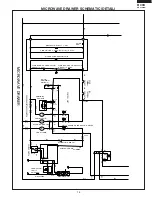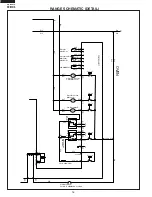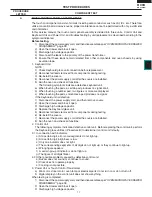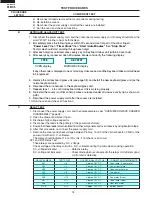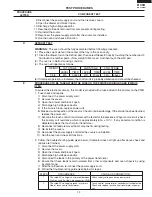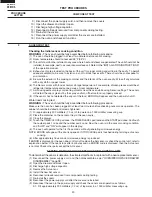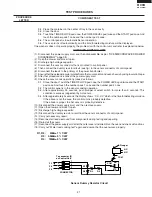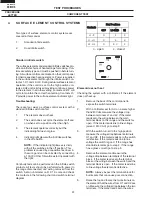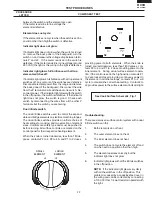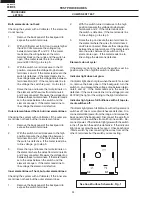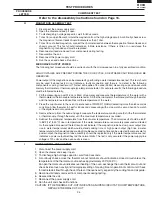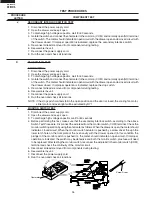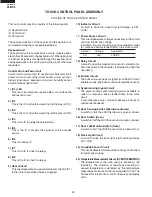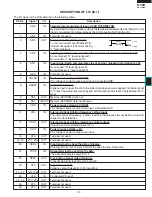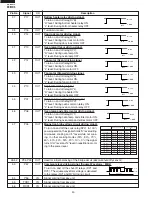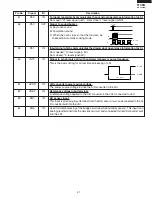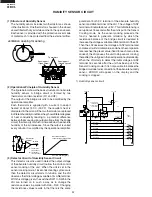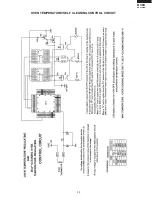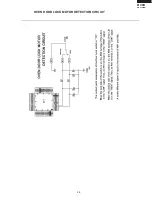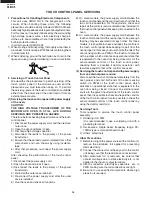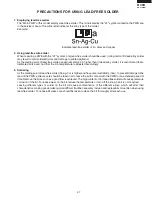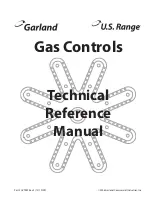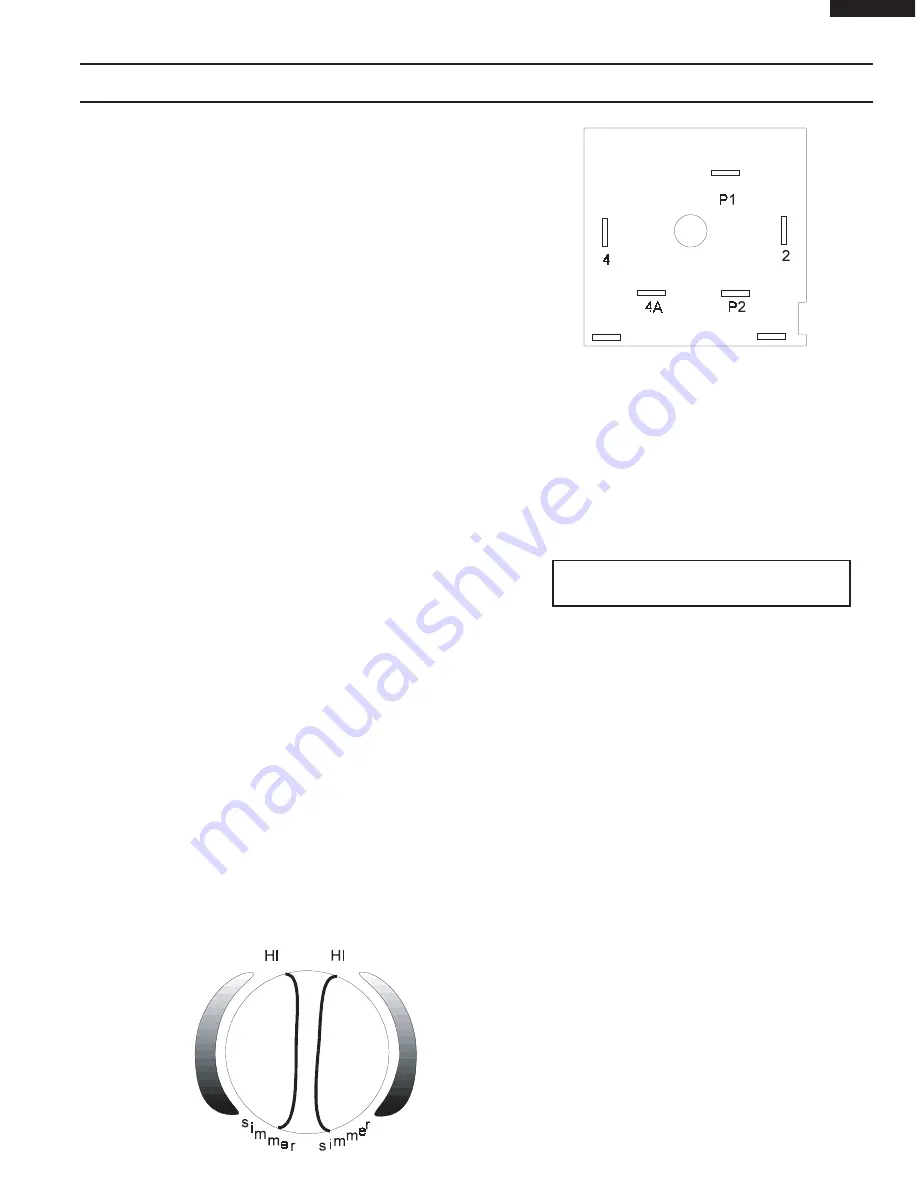
23
KB-3300JS
KB-3300JK
KB-3300JW
between the switch and the element are open.
If the meter reads line to line voltage the
element is defective.
Element does not cycle:
If the element does not cycle when the switch is set in a
position other than high the switch is defective.
Indicator light does not glow:
If indicator light does not glow when the switch is turned
on, remove the back panel of the backguard, turn the
switch on, and measure the voltage drop between termi-
nals P and L2. If the meter reads zero the switch is
defective. If the meter reads line to line voltage (around
240 VAC) the light or the wiring to the light is defective.
Indicator light glows full brilliance with all top
element switches off:
If indicator light glows full brilliance with all top element
switches off, one or more of the switches are defective.
Disconnect electrical power from the range, and remove
the back panel of the backguard. Disconnect the wire
from the P terminal on all switches but one switch. Re-
connect power. If the indicator light glows with the switch
in the off position, the switch is defective. If the indicator
light does not glow, the switch is good. Check each
switch by disconnecting the wires from all the other P
terminals but the switch you are testing.
Dual infinite switch:
The dual infinite switch is used to control the expand-
able and bridge elements on electric smooth top ranges.
The dual infinite switches provide an infinite choice of
heat settings for cooking, and two selection of element
sizes. Controls are safety type and must be pushed in
before turning. All surface controls are marked on the
control panel for their respective heating element.
When the knob is turned clockwise, less than 180 de-
grees, contacts P2 to 4, P2 to 4A, and P1 to 2 closes
providing power to both elements. When the knob is
turned counterclockwise, less than 180 degrees, con-
tacts P2 to 4 and P1 to 2 close providing power to the
inner element. During actual surface element opera-
tion, if the control is set to the high position contacts P1
to 2 are locked closed providing continuous power to
the element. In all other settings contacts P1 to 2 will
cycle to maintain the correct heat setting. Contact 4 to
L2 provides power to the surface element indicator light.
Troubleshooting:
There are six ways a surface control system with a dual
infinite switch can fail.
1.
Both elements do not heat.
2.
The outer element does not heat.
3.
The inner element does not heat.
4.
The switch does not cycle the element off and
on when set to a position other than high.
5.
The element operates correctly, but the
indicator light does not glow.
6.
Indicator light glows with all the infinite switches
in the off position.
NOTE:
If the indicator light glows very dimly
with all the switches in the off position. This
problem is caused by a capacitive feed over in
the wiring and can be corrected by connecting
a 100,000 Ohm 1/4 watt resistor in parallel with
the light.
SMALL
ELEMENT
LARGE
ELEMENT
See Cook Surface Schematic, Fig. 1
S2
S1
TEST PROCEDURES
PROCEDURE
LETTER
COMPONENT TEST
Summary of Contents for KB-3300JS
Page 6: ...4 KB 3300JS KB 3300JK KB 3300JW NOTES ...
Page 35: ...33 KB 3300JS KB 3300JK KB 3300JW IC 7 IC 8 OVEN TEMPERATURE SELF CLEANING CONTROL CIRCUIT ...
Page 36: ...34 KB 3300JS KB 3300JK KB 3300JW OVEN DOOR LOCK MOTOR CONTROL CIRCUIT ...
Page 37: ...35 KB 3300JS KB 3300JK KB 3300JW OVEN DOOR LOCK MOTOR DETECTION CIRCUIT ...







